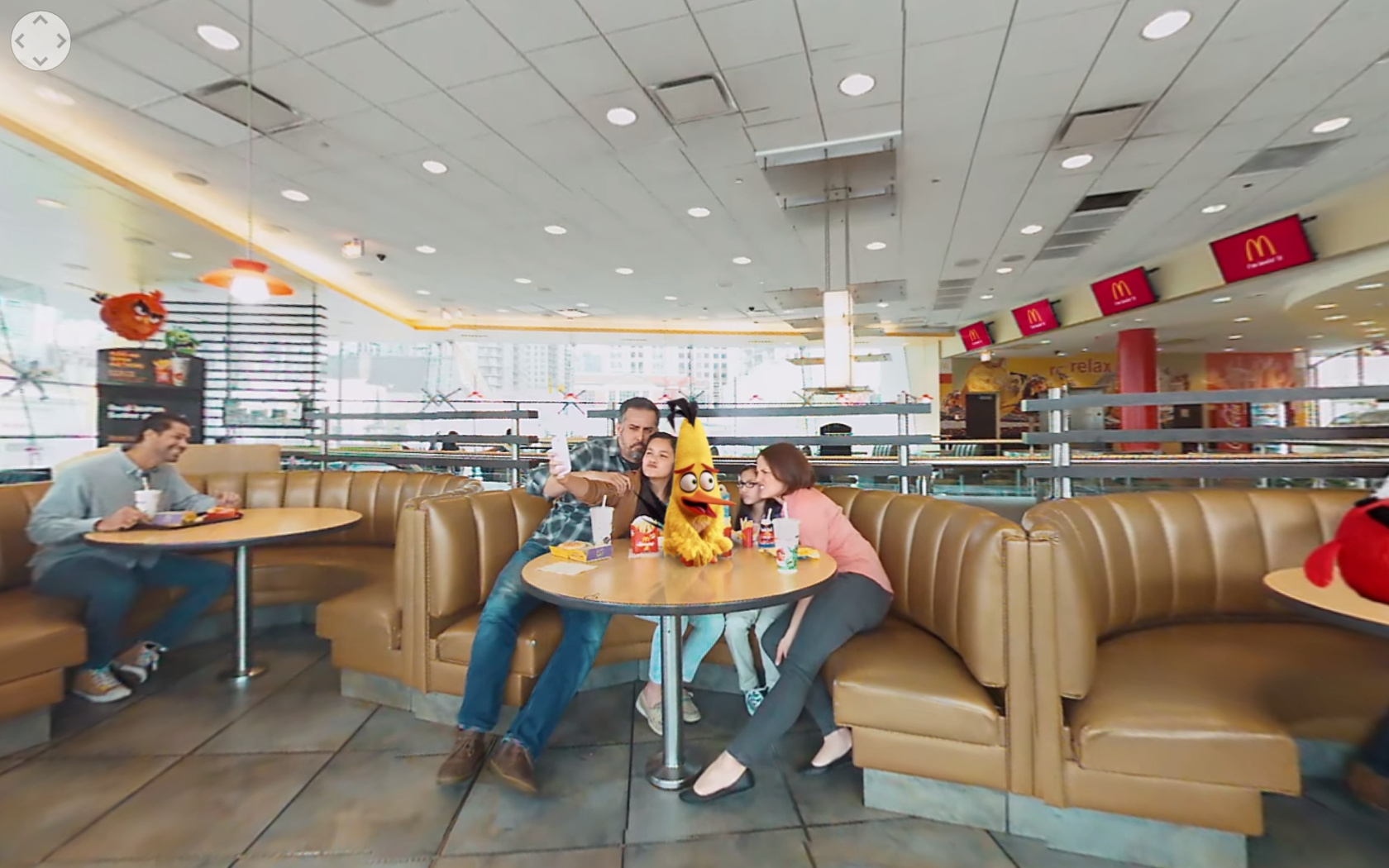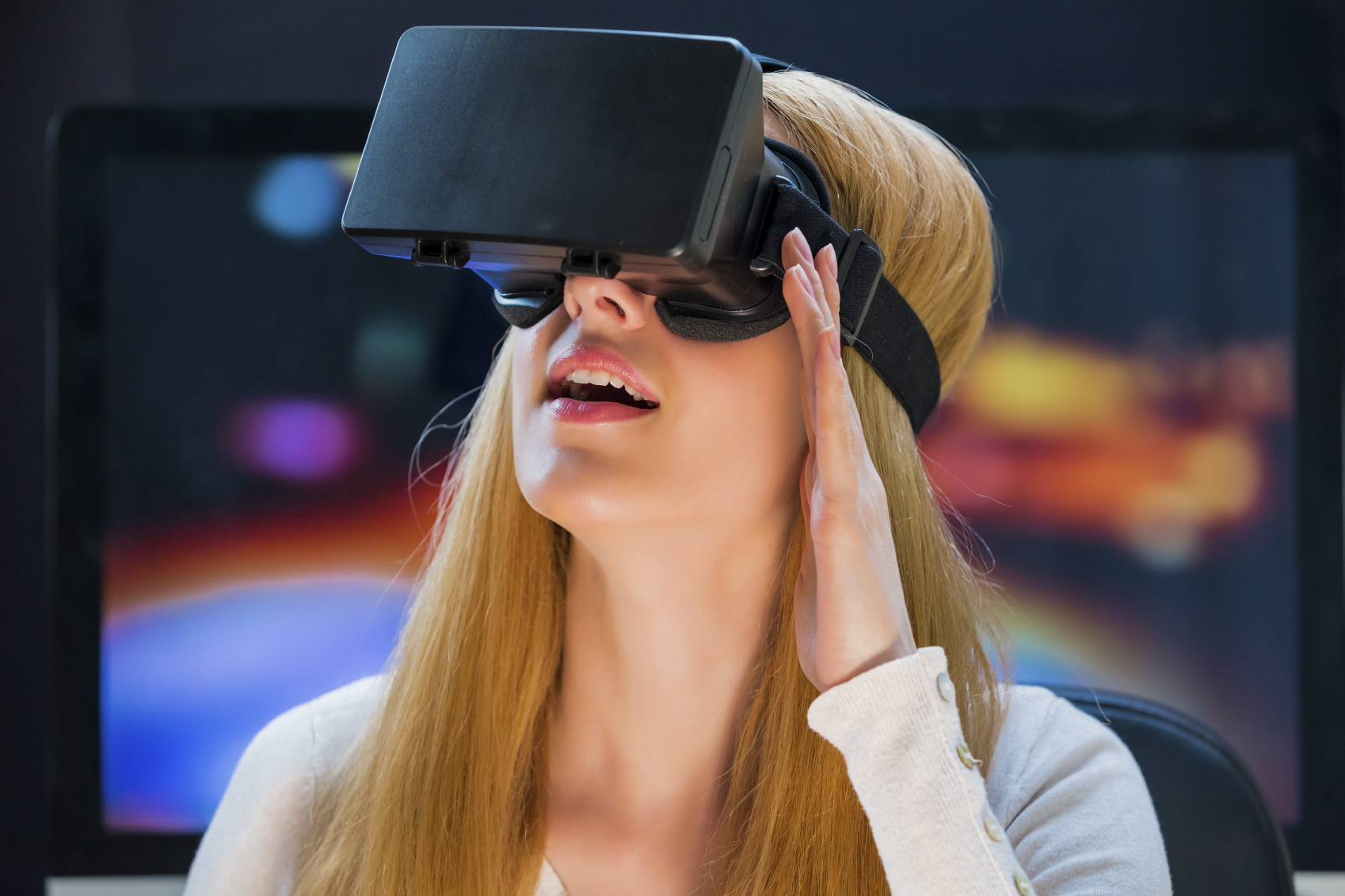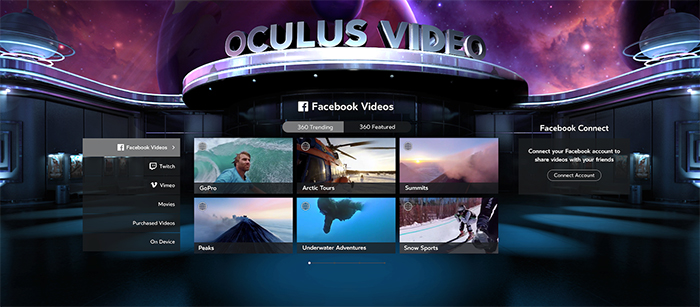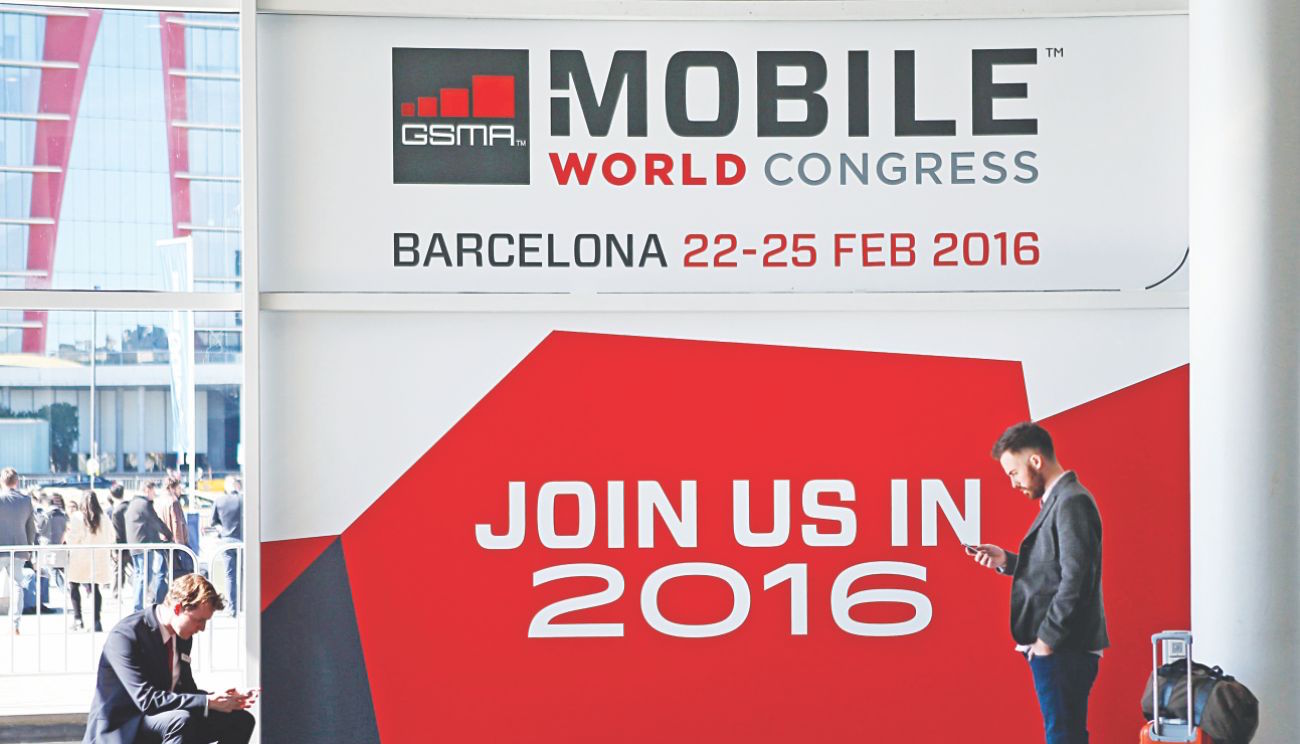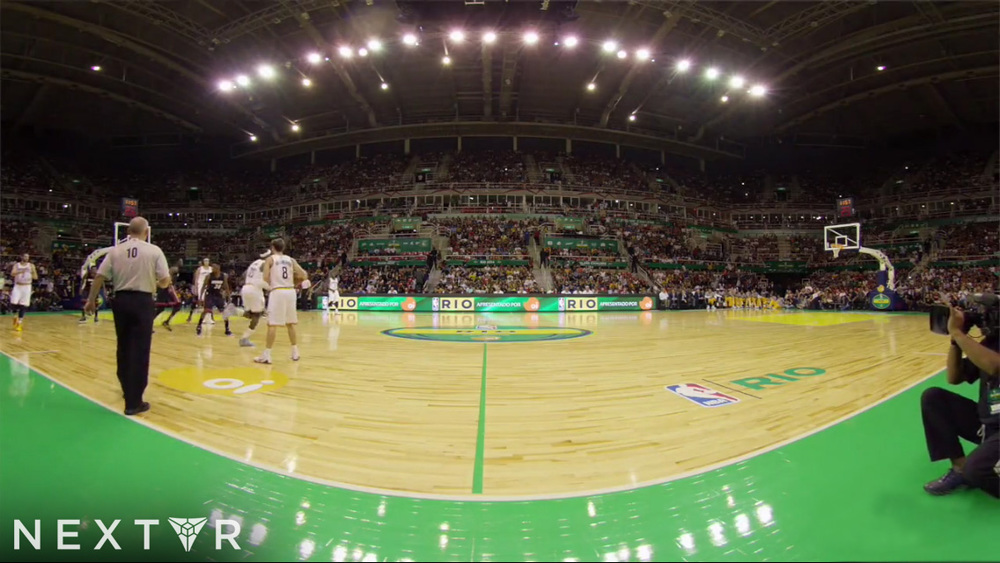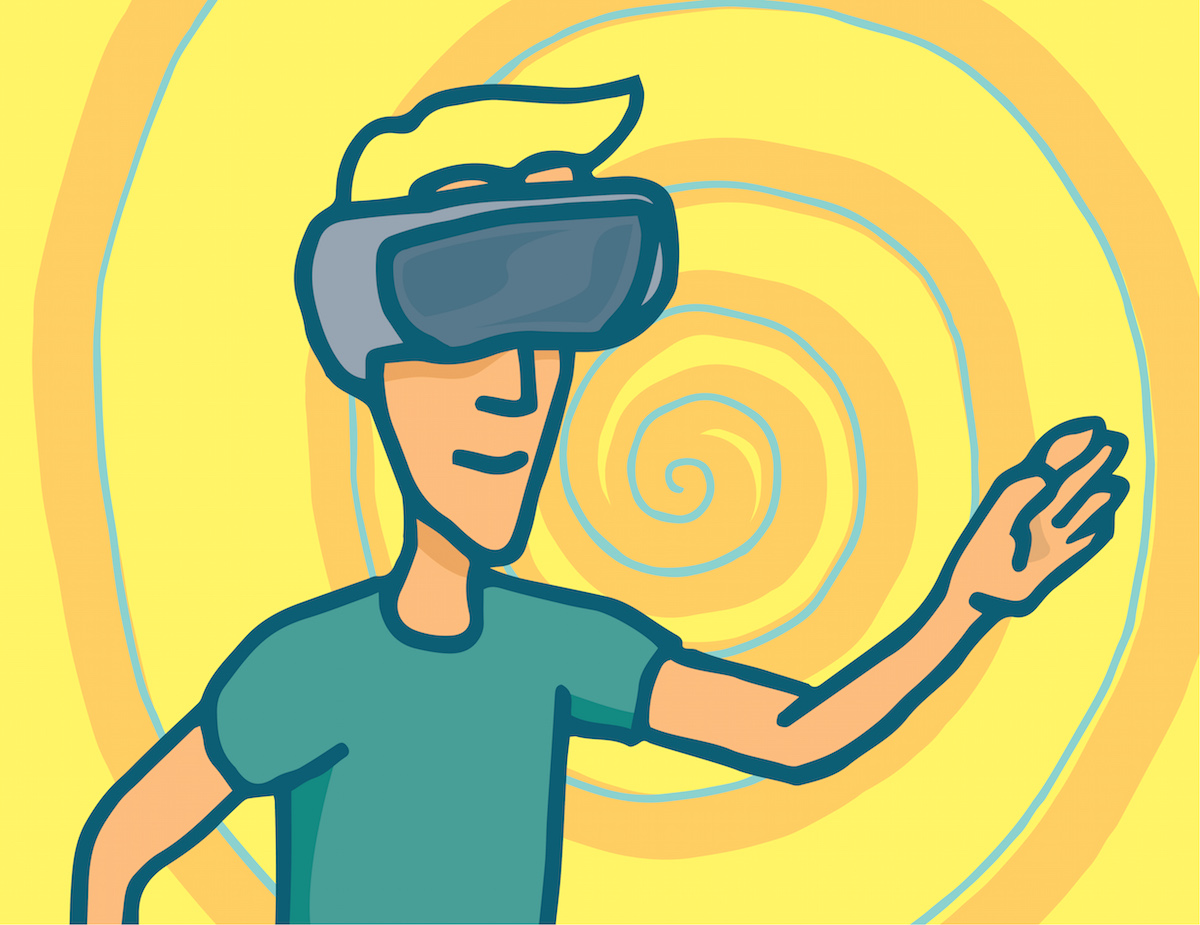What Happened
McDonald’s teamed up with Rovio, maker of the popular Angry Birds games, and Sony for a joint VR initiative to promote both the quick service restaurant chain and the newly released Angry Birds movie. Working with DDB Chicago, McDonald’s created a minute-long, 360-degree video that features Angry Birds characters flying around and interacting with customers in a virtual McDonald’s store. Previously, McDonald’s ventured into VR with an installation at SXSW earlier this year that invited people to virtually paint a Happy Meal box.
What Brands Need To Do
By leveraging the popularity of the Angry Birds franchise, McDonald’s found a clever angle to drum up interest for its first 360-degree video, which has racked up over 4.6 million views on YouTube so far. As more and more brands start to create branded VR content, consumers are bound to become desensitized to this type of content soon. Therefore, it is important to find an interesting hook for your VR and 360-degree video content that appeals to your target audience.
The Lab currently has three VR headsets—a HTC Vive and two Samsung Gear—ready for demo. Virtual reality is something that has to be experienced to be understood. So come by the Lab and get a VR demo to see just how engaging it can be, and understand why consumers would embrace VR content.
Source: AdWeek
Header image courtesy of McDonald’s YouTube video
